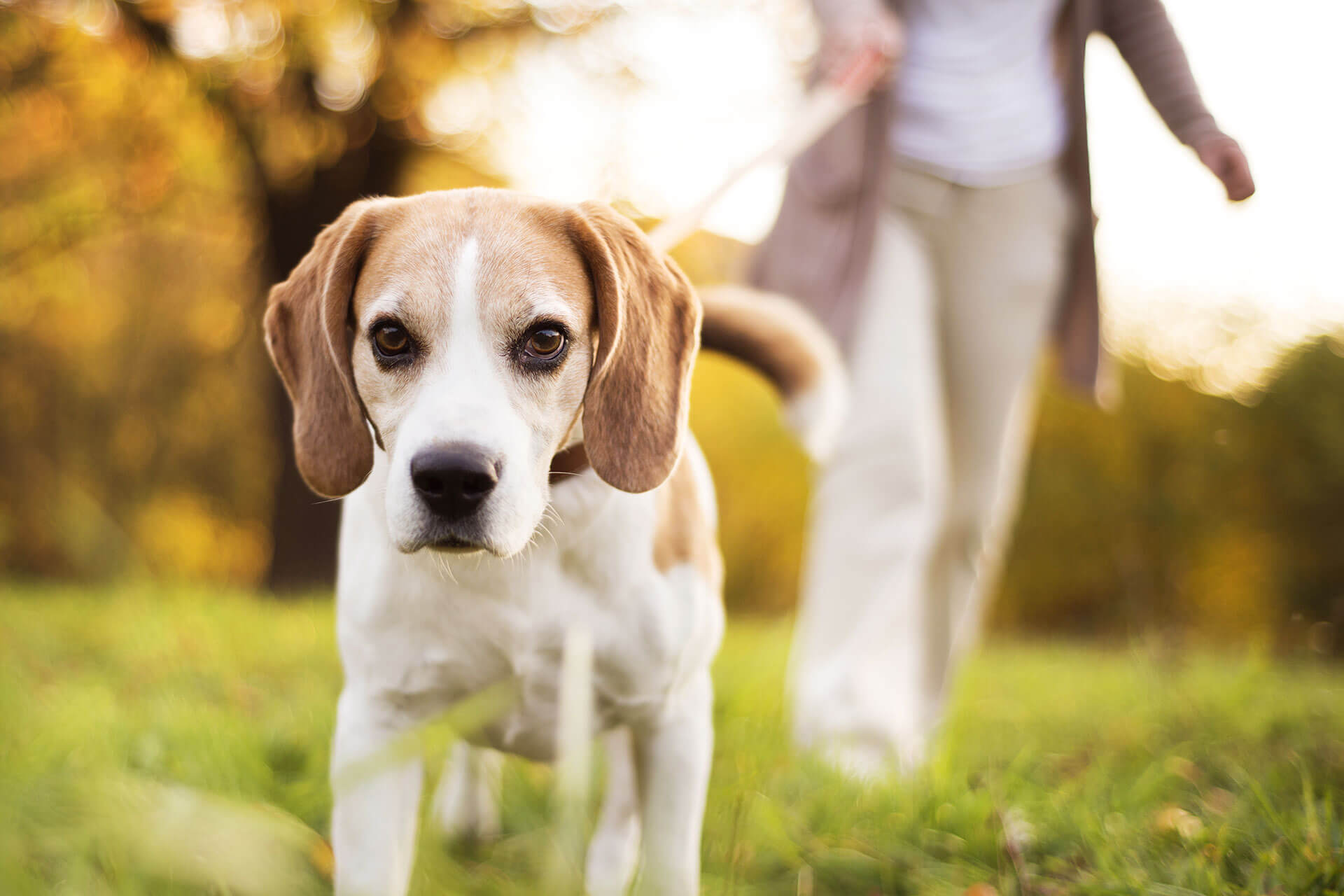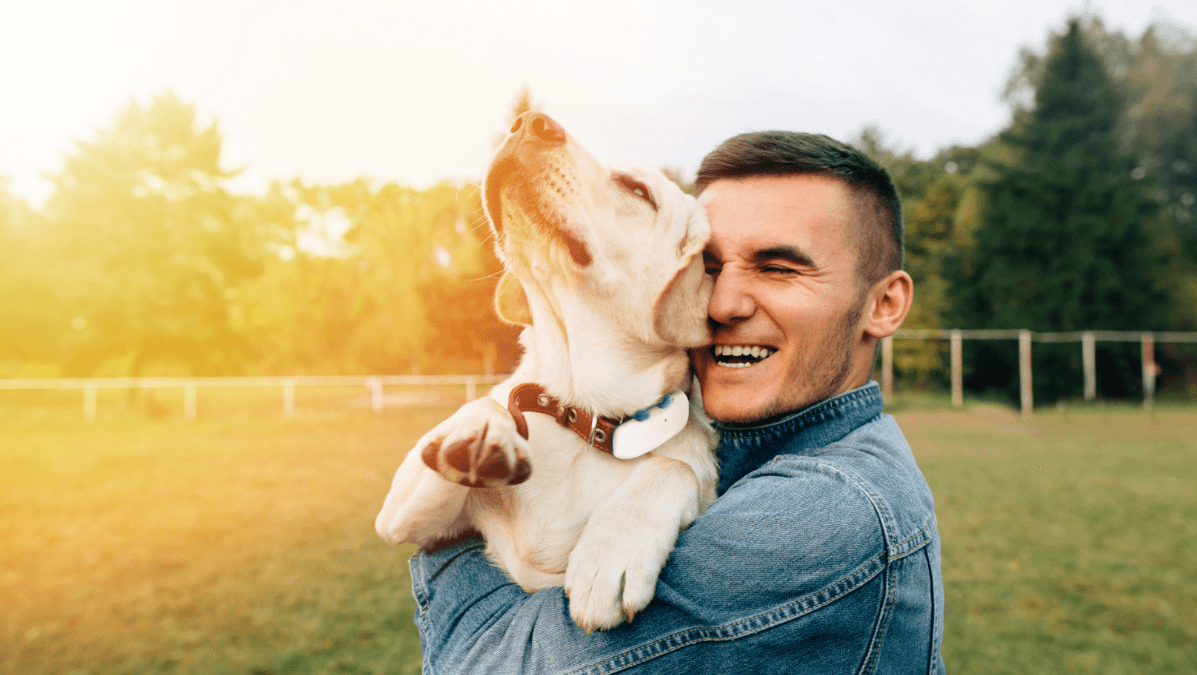How To Leave Your Dog Home Alone Without Feeling Guilty
Leaving your dog home alone can be a challenge for both you and your pup. Learn how to make this process easy for your four-legged sweetheart in just a few steps.
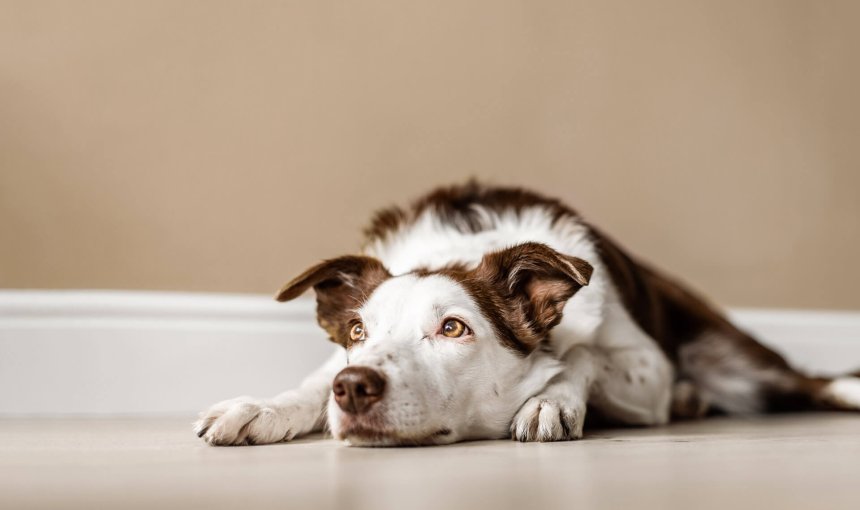
Leaving dogs home alone can be heartrending. Besides the good old puppy eyes, your dog might whine and cry or even engage in destructive behavior if they’re not used to it. Plus, during holiday season, you might just not be at home all the time.
Dogs see us as members of their pack, but it’s not always possible (sadly) to spend all of our time with our furry pals. And a dog sitter might not always be an option. So it’s best to teach our dogs while they’re still puppies that being home alone is not a big deal. (Otherwise they can develop separation anxiety.)
So how to keep your pup happy and safe when you’re not around? How long is too long to leave your dog home alone? And what do you need to keep in mind when doing so? We’ve put together the facts and recommendations from the leading dog experts for you. Let’s get started.
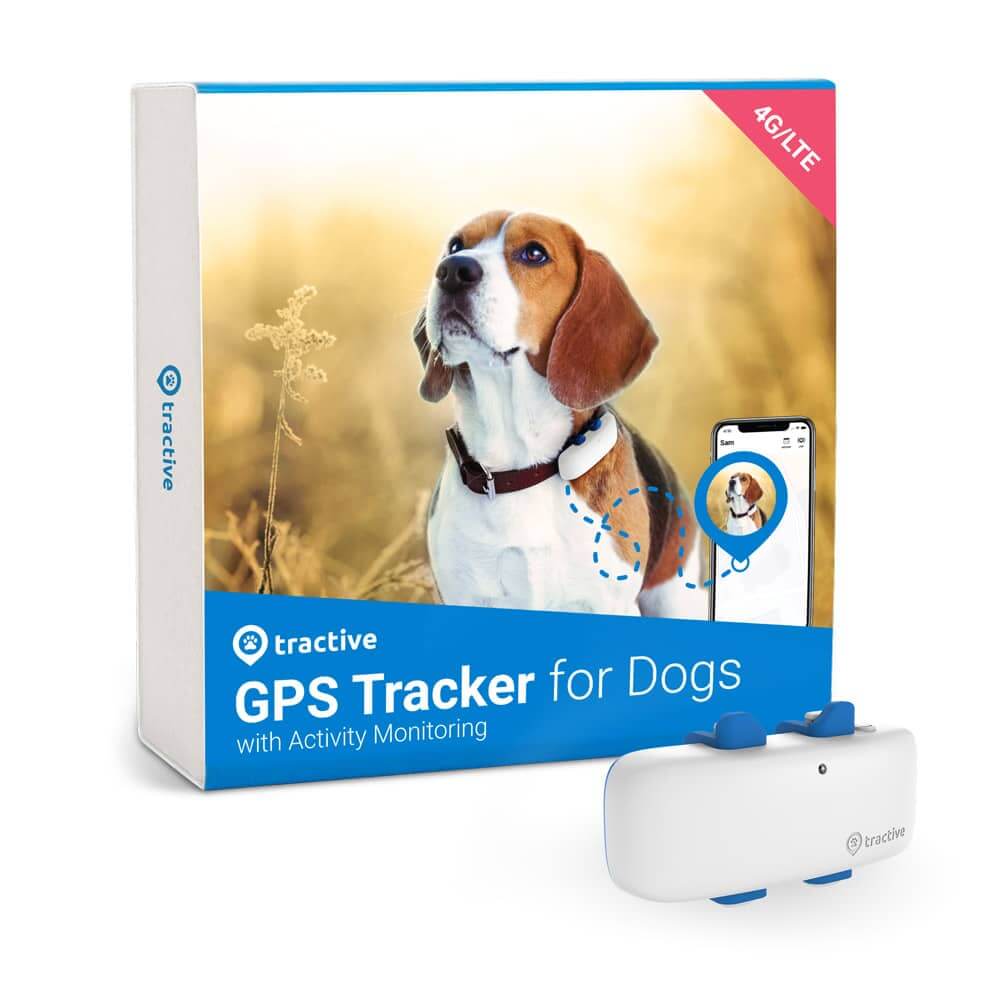
Keep an eye on your dog at all times
Follow every step in real-time with unlimited range. Get alerts if they wander too far. Track sleep patterns and exercise with Wellness Monitoring. And let others – like walkers or sitters – keep an eye on your dog too.
- Keep an eye on your dog at all times
- How long is too long when leaving a dog home alone?
- What to consider when leaving your dog home alone
- What can happen when your dog is left home alone?
- Dogs that can be left alone
- 2 things to do before leaving dogs home alone
- How to train your dog to be home alone
- Top tricks if your dog is not used to being left alone
- What to do with your dog after they’ve been home alone
- More tips on leaving dogs home alone
How long is too long when leaving a dog home alone?
How long your dog can safely stay home alone depends a lot on their age, personality, and emotional and physical needs. Try to keep the time that your dog is left home alone to a minimum. Even the most well-adjusted dogs may become distressed¹ if they are left home alone for too long.
Here are some general recommendations for how long you can leave your dog home alone, based on age:
| Age of the dog | Time spent alone | Reason |
|---|---|---|
| Puppies | 2 hours a day is the limit. | Puppies in general aren’t used to being home alone. They need to pee more and can develop separation anxiety. |
| Adult dogs (over 18 months) | Can be left alone 4 – 6 hours a day. | These dogs might be more likely to adapt to being home alone. They’ve learned to sleep when you are not home. |
| Senior dogs | Can be left alone 2 – 6 hours. | It depends. Does your elderly dog experience health issues? For example, do they need to pee more frequently? Senior dogs might also be more likely to wander away from home. |
Since puppies are not used to being home alone, they are more likely to develop separation anxiety. Additionally, it is recommended to take them out to go to the bathroom every 2 hours.
Adult dogs who are using to being home alone can be left longer – as they’ve probably learned to sleep while you are away.
For senior dogs, the time you can leave them alone safely depends on factors such as their health conditions – older dogs may need to urinate more frequently.
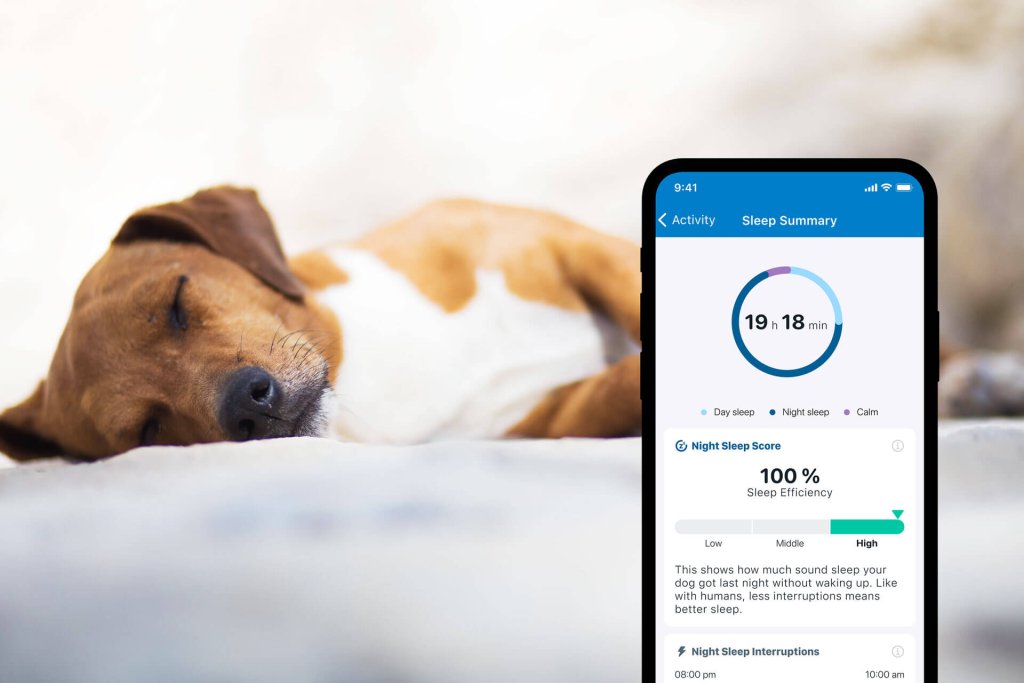
What to consider when leaving your dog home alone
Consider the following factors when leaving your dog home alone:
- Age
- Health condition and issues
- Emotional needs
- Separation anxiety
- Training and behavior
- Potty breaks – and your dog’s bladder control
- Feeding times
- Exercise and activity
- Socialization
- Other animals in the house
For example, your dog might not suffer from anxiety when being left alone, but what about potty breaks? Will they have enough food for the duration they are left alone? Or perhaps become restless or bored, and use your most valuable items as chew toys? Take everything you know about your dog into consideration when determining how long you can leave your dog home alone.
What can happen when your dog is left home alone?
For some dogs, being left home alone might be no big deal. For others, it may lead to one or more of the following distressing behaviors, which might indicate that your dog is bored, anxious or stressed out by being home alone.
- Scratching
- Biting
- Chewing on furniture and clothes
- Binge eating
- Getting lost
- Whining, howling, and barking
- Urination
- Running away
Furniture and clothes can be replaced, but if your dog gets lost there is much more at stake! A good way to feel safer when leaving dogs home alone is to get your dog(s) a Tractive GPS dog tracker. That way, you will be alerted in real-time if they run off or leave your house or property. And you can keep an eye on what they do during the day – if they’re restless or sleepy.
Dogs that can be left alone
Some types of dogs are better suited to being left alone than others. These may include:
- Yorkshire Terrier
- Basset Hound
- French & English Bulldogs
- Chihuahua
- Chow-Chow
- Shar Pei
- Greyhound
- Maltese
- Great Pyrenees
- Cairn Terrier
- Shiba Inu
- Akita
- Beagle
- Whippet²
Since working dog breeds are prone to restlessness and boredom, they are not dogs that can be left alone easily.
2 things to do before leaving dogs home alone
When you leave the house for work or leisure without your dog, you should first do the following:
1) Tire out your dog
The best thing you can do before you leave your dog home alone is make sure your dog gets some exercise beforehand. Start with learning how to walk your dog so that it’s beneficial for both you and your dog. When you take your dog for a morning walk or exercise, it’s likely that your dog will pass out asleep right afterwards! This gives you the chance to leave the house without trouble.
Find out: How much exercise do dogs really need?
2) Avoid giving your dog free rein
Especially in the beginning, try to leave your dog in an area where they feel comfortable. Once your buddy gets more used to being left alone at home, they can then be on their own without any restriction.
While you’re away, you can keep tabs on your dog in the Tractive GPS mobile or web app – simply attach the Tractive GPS tracker to your dog’s collar and voilà! You can track and monitor them wherever they are. Plus, you can even see how active your furry friend has been, how much they sleep, and where they go exactly.
How to train your dog to be home alone
Proper training is essential when teaching your dog to be home alone. Therefore, from the moment you get a dog, start practicing the “Leave & Return” scenario. Teach your pup that being home alone is absolutely OK and that you will eventually return. Here’s how:
- Put your shoes on and go to the door. If you notice your dog panicking, try to ignore it, so they get used to it. Repeat this action at least 3 times every day.
- As soon as you come back home, avoid giving your dog a warm welcome immediately at the door. Doing this will send your puppy the signal that coming home is just a normal, business-as-usual thing. Not an event worth celebrating (though deep down in your heart, you know it is!)
- After arriving home, command your dog to their bed. After they follow your command and settle down, welcome them calmly and let them feel your affection.
When leaving home, if I say goodbye to my dogs, they want to come with me. So I just leave without saying anything and they are OK with it.
Marina S. – Dog Trainer
Top tricks if your dog is not used to being left alone
Try to make sure your dog has fun ways to occupy their time. If your dog is not used to being home alone, here are some tips that can help make their time more enjoyable:
- use food-dispensing toys instead of the classic food bowl. Some of these toys offer variable difficulty levels so you can make it a long-lasting project and keep your dog active and engaged during the time you’re away.
- hire a dog walker or dog-sitter to keep your pup entertained while you’re away
- leave the tv or radio on for your dog if it may be soothing to them
- crate train your dog so that they can stay home alone longer
- leave your dog small tasks and fun toys to play with when you’re not around to avoid unwanted boredom behavior (like biting and peeing in inappropriate places). However, never leave your dog alone with a toy that could be chewed apart and swallowed.
- consider adding a second pet to the family so your dog isn’t bored when you’re not there. But do keep in mind that a new pet is a big, long-term responsibility.
What to do with your dog after they’ve been home alone
When you return home from leaving your dog home alone, dedicate some time to your pup and don’t hold back with the love and attention. How? Here’re just a few suggestions:
- Take your dog out for a walk
- Play fetch in the garden (don’t forget to take your GPS dog tracker)
- Plan a visit to a dog park or dog spa (yes, they exist)
And remember: Letting your dog stretch their legs after a day spent indoors is a great way to help them burn off some energy. On the other hand, don’t get them too used to getting treats as you walk in. Your dog should know that “Leave & Return” means that there are moments during the day when they might be left alone.
More tips on leaving dogs home alone
Check out the video below for more tips and insights on leaving your dog home alone.
Liked what you’ve read? Share it with your dog-loving friends!
